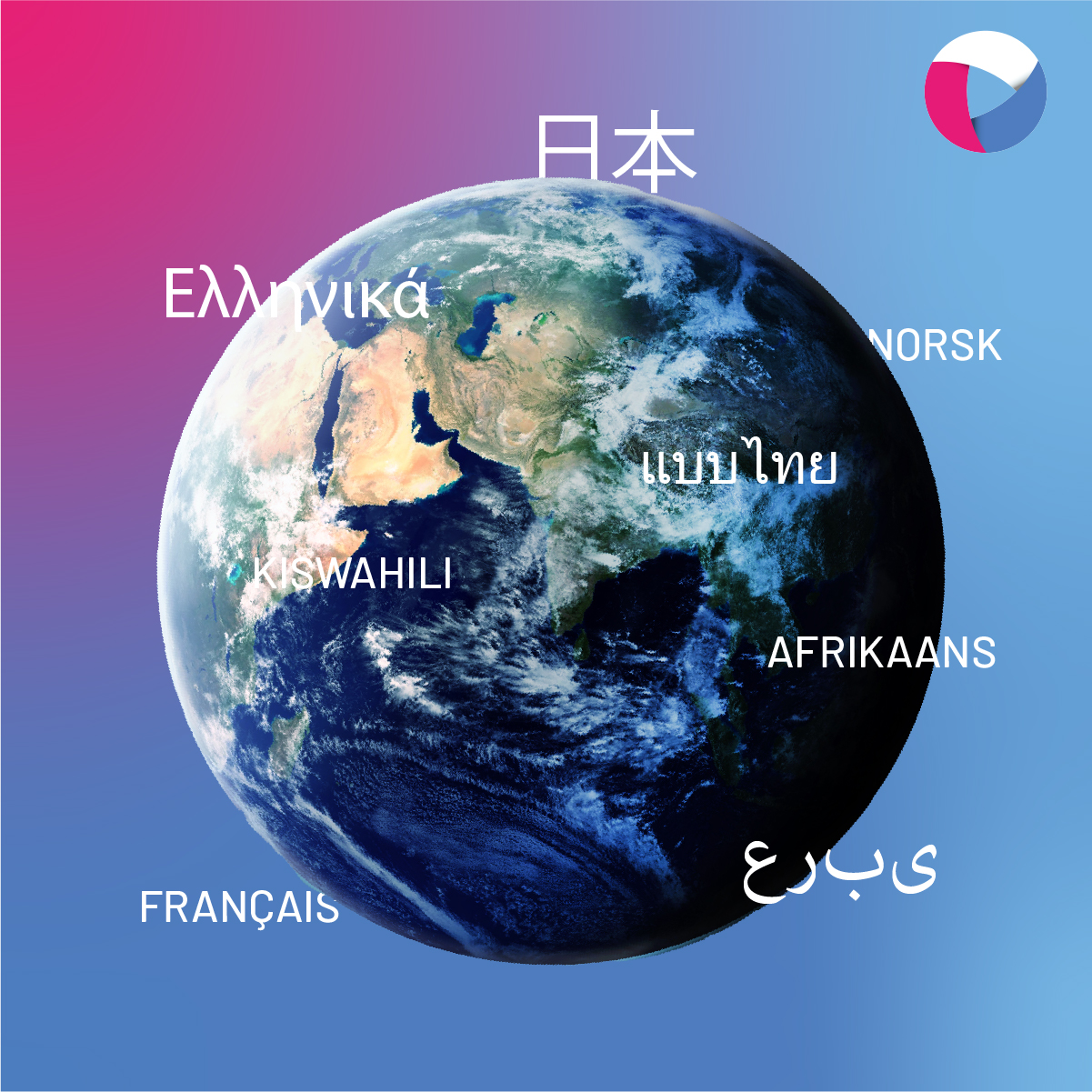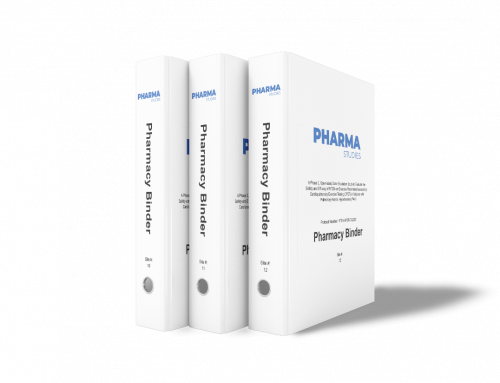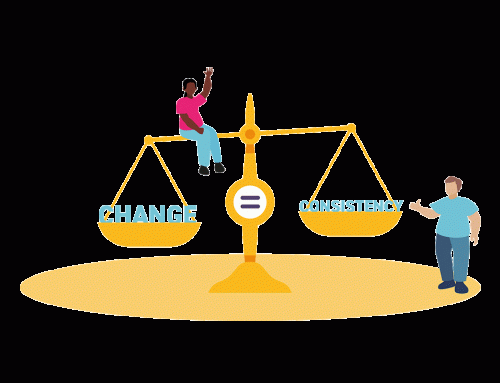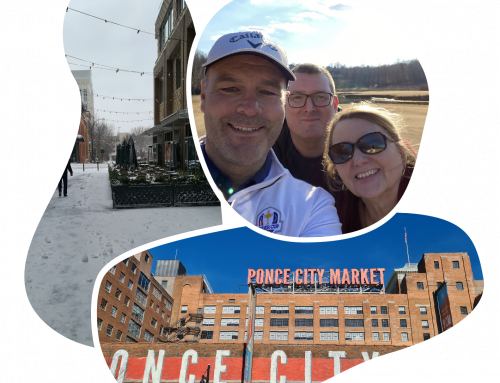Essential Document Translation for Global Trials

The translation of essential documents is critical to the success of global clinical trials. Examples of these documents typically include the following:
- Investigator’s Manual
- Clinical Study Protocol
- Clinical Study Reports
- Case Report Forms
- Adverse Event Source Documents
- Data Sheets
- Development Safety Update Reports
- Dossiers
- Drug Registration Documentation
- Informed Consent Forms
When translating these documents, it is important to understand your audience. A large portion of clinical trial documentation is intended for investigators and research personnel, but patients are also key stakeholders. They must have trial information available to them in their native language. Other things to consider include reading levels, cultural backgrounds, and comprehension levels of medical/technical terminology. Translated documents that do not take these into account place patients at risk and jeopardize the entire trial as a result.
To mitigate this risk, quality assurance professionals utilize technology and established workflows to provide feedback about the translations.
Back translations may be required for complex trials to ensure that no substantive information is lost during the translation process. They add to the efforts of quality assurance professionals but are essential. Back translations will not match the original document word-for-word, and reviewers must validate if the intended meaning of the source text is captured in the translation, or whether it requires modification.
Effective and efficient translations of essential documents will not only ensure that clinical research site Investigators and staff are prepared to conduct the trial but also that each patient has a concise understanding of the trial’s intent, procedures, and potential benefits.




